GE’s energy ecosystem supports sustainability
 |
| Nearly 400 participants discussed Vietnam’s energy future at last week’s Powering Vietnam Conference |
Last week, the group launched its Energy Ecosystem portfolio in Vietnam during its Powering Vietnam Conference in Hanoi, attracting nearly 400 participants.
The portfolio unites an interconnected system of digital and industrial technologies with Vietnam’s energy agenda to deliver affordable, reliable, and more sustainable production, distribution, and consumption – optimising storage technology and financing to support the country’s national energy agenda. It was launched as the Vietnamese power industry undergoes an unprecedented transformation; navigating it requires a full understanding of the entire energy ecosystem.
“We chose to launch the Energy Ecosystem portfolio in Vietnam because it is one of the most energy-hungry nations in the world, and open to new ideas and solutions to produce more affordable, reliable, and sustainable power,” said Wouter Van Wersch, president and CEO of GE ASEAN.
“Some of the most innovative programmes available today are showcased in the ‘ecosystem’ – many have been developed with customers across the entire energy landscape. This is a strength that GE has developed globally, and we look forward to helping more customers in Vietnam and other markets to achieve their energy goals in the future,” he added.
Vietnam is currently in need of new solutions to help produce more sustainable power to meet the domestic rising demand, which is predicted to grow at an average of 10.5 per cent annually between 2017-2020, and 8 per cent annually between 2021 and 2030. Electricity consumption is projected to reach 234.6 terawatt-hours (TWh) in 2020 and 506 TWh by 2030 – which will be a four-fold increase over the consumption rate in 2014.
According to Anders Maltesen, general manager of Asia Pacific for GE’s Power Services, Vietnam’s power industry is facing challenges and will need smart investments to reach its goals.
At the conference it was reported that Vietnam would need a great sum of capital – about $148-150 billion – to develop the power industry.
“That’s a very tough issue,” said Tran Hong Ky, senior energy specialist from the World Bank in Vietnam. “It is also difficult for Electricity of Vietnam (EVN) to mobilise sufficient capital to do this job.”
The World Bank will assist EVN to improve its position and image to mobilise capital in the market with the lowest possible interest rate. At present, EVN is facing difficulties finding future financial resources, because under government regulation, state-owned enterprises must self-mobilise capital for investments without any government guarantee.
According to Andres Isaza, vice president and chief commercial official of GE Renewable Energy, the best solutions for Vietnam to ensure sufficient capital and electricity is that more space must be given to private investors in the power sector, particularly renewable energy development, in addition to a rise in feed-in-tariffs (FiT). “If the Vietnamese government wants to attract more investors into renewable energy projects, it must clarify incentives. Also, more clarity is needed regarding terms and conditions between operators and sellers, and investors and buyers to set more competitive prices,” Isaza stressed.
In the latest move, the Vietnamese government issued Decision No.11/2017/QD-TTg, which encourages the development of solar power projects, and this will take effect from June 1, 2017. Under this ruling, EVN is required to purchase all output from solar power projects connected to the national grid at VND2,086 (9.35 US cents) per kilowatt-hour (kWh), excluding value-added tax.
According to Leo Kirby, managing director of Capital Markets - Asia at GE Capital, when deciding to invest in Vietnam, especially in renewable energy, another important thing for investors is Vietnamese policies to facilitate financial institutions’ funding for renewable energy projects in the country. “As a manufacturer GE provides the best technology available, but we also provide finance to make it possible for our customers. We have a lot of connections with financial institutions that would enable our customers to access capital in order to ensure a reasonable cost of production,” Kirby said.
Vietnam has recently adopted the Renewable Energy Development Strategy (REDS) and the revised National Power Development Master Plan VII (PDP VII-revised). These policies reduce the projected coal imports for power production in 2030, when compared to the projections in PDP VII. Under these two schemes, renewable energy development is prioritised alongside the development of coal-fired power plants.
Maltesen suggested that Vietnam should upgrade its existing power plants while constructing more gas-fired plants, and upgrade the current power transmission system. This would help the country save billions of US dollars. “GE innovation and experience make GE Vietnam well-placed to support PDP VII-revised, especially gas-fired energy production initiatives,” Maltesen said.
“As Vietnam is poised to ramp up the development of energy infrastructure in the next five-to-10 years, there was high interest in financing options offered by GE, including early stage capital formation and access to third-party capital, and from export credit agencies, development financing institutions, and other institutions,” said GE Vietnam CEO Pham Hong Son.
|
Anders Maltesen General manager of Asia Pacific for GE’s Power Services The goal of the energy ecosystem is affordable, reliable and sustainable power. In Vietnam in particular, you don’t want power at a price so high that it hinders the GDP growth of more than 6 per cent a year. Vietnam currently has 38 hours of power interruptions per year, and the frequency is 13 times a year. In addition, Vietnam’s power demand growth is projected at 11 per cent between 2017 and 2020, but CO2 emissions are targeted to drop by 8 per cent yearly, and have 10 per cent of power come from renewable sources by 2030. To have a strong energy ecosystem, there needs to be an energy mix of gas, steam, and renewables that is sustainable and reliable. In addition, there should be incentives for owners to make upgrades on existing plants to improve efficiency. Massimo Gallizioli Senior sales executive of Asia Pacific for GE’s Steam Power Systems In emerging and developing countries, you are going to see an increase in power generation from coal, but it is sustainable as far as we use the best technology available so we can have the highest efficiency. The plants should also be managed and operated in a proper way, meaning the operation is reliable in delivering emission requirements imposed by the regulators. A balance of other fuels will make a mix that is sustainable for a country that is very hungry for energy to drive the 6 per cent-plus GDP growth. Coal will remain an extremely important pillar in global power generation, but undoubtedly renewables will also play an important role. And the technology we have in our portfolio will make coal clean, affordable, and reliable. Pham Trong Thuc Director of the Renewable Energy Department in the Ministry of Industry and Trade’s General Directorate of Energy Vietnam’s fossil fuel sources are depleting. In terms of hydropower, there are six big river basins that are all already exploited. So Vietnam needs an alternative. Vietnam is developing renewables in order to ensure energy security, not to replace the current power generation sources – because when there is no sun or wind, where do we get our energy? The government and the Ministry of Industry and Trade are very concerned about developing renewables, along with other sources in parallel. The aim is to foster economic growth and protect the environment. Dr. Hoang Tien Dung Director of the Vietnam Institute of Energy The government is most concerned about getting power to consumers at a reasonable cost. In the past, Vietnam focused on developing hydropower plants and coal-fired power plants that use domestic coal in order to achieve a reasonable cost. But recently in Vietnam, coal and oil have become more and more difficult to explore and exploit. Moreover, in the past the government used to control the price of inputs such as coal and gas, but this kind of policy is no longer suitable in a market economy. So the direction is now technology to increase efficiency. The government is going to have certain technology requirements for power plant developers soon. Tran Hong Ky Senior energy specialist at World Bank Every country has to deal with three competing priorities: affordability, reliability, and sustainability. These priorities are closely linked and sometimes conflict with one another. Countries often solve these challenges simultaneously, strategically, and for the long term. There is no common solution for all countries, but the trend is increasingly to focus on sustainability. Vietnam is doing the same and that is a good thing. The most difficult challenge in Vietnam is: how to mobilise capital? The government is minimising borrowing to tighten sovereign debt, so Electricity of Vietnam’s (EVN) access to official development assistance will be limited. EVN has to change the way it mobilises capital. |
What the stars mean:
★ Poor ★ ★ Promising ★★★ Good ★★★★ Very good ★★★★★ Exceptional
Latest News
More News
- Addressing Vietnam's energy challenges with aeroderivative gas turbines (February 28, 2023 | 09:33)
- How to sprint ahead in 2023’s worldwide energy priorities (February 08, 2023 | 13:55)
- Boosting Vietnam's grid stability through gas turbine technology (November 22, 2022 | 20:02)
- Healthcare trio collaborates to provide thousands of free breast scans (October 27, 2022 | 17:19)
- GE Healthcare's vision for AI-backed radiology (September 29, 2022 | 11:53)
- GE brand trio to shape the future of key industries (July 19, 2022 | 15:35)
- GE unveiling brand names and defining future (July 19, 2022 | 15:16)
- GE: the shortest route towards sustainability (July 18, 2022 | 08:00)
- Be proactive in an uncertain world (May 20, 2022 | 11:40)
- GE secures first 9HA combined cycle power plant order in Vietnam (May 16, 2022 | 17:06)



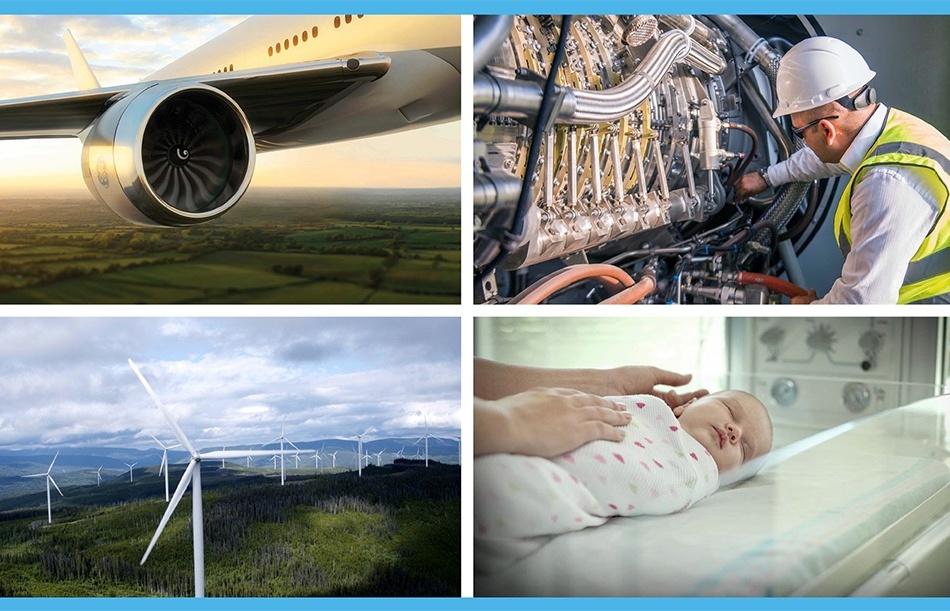
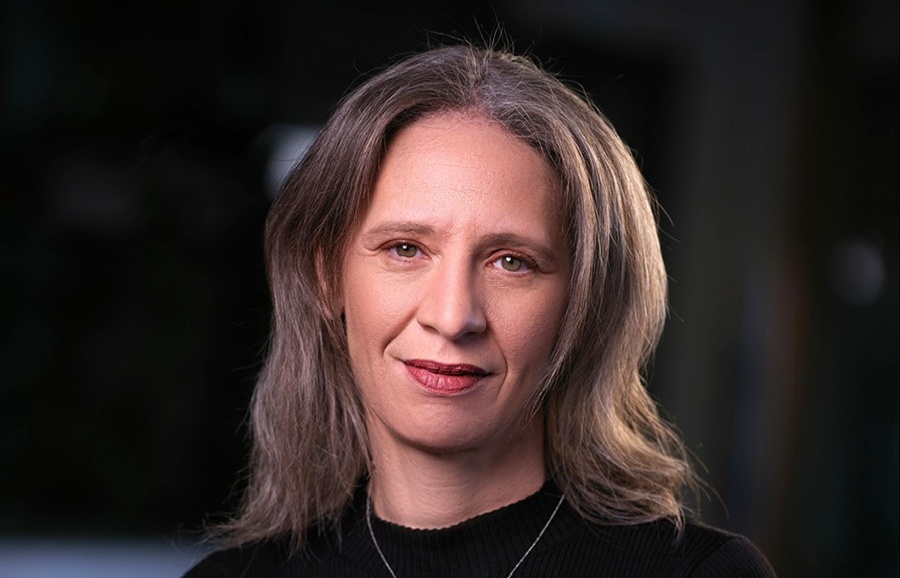
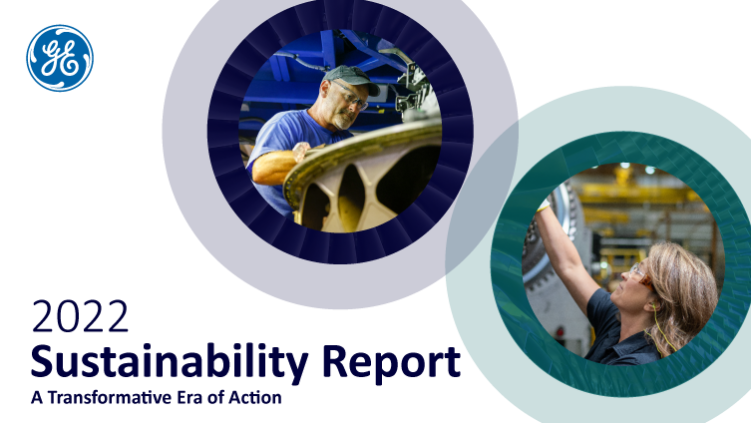
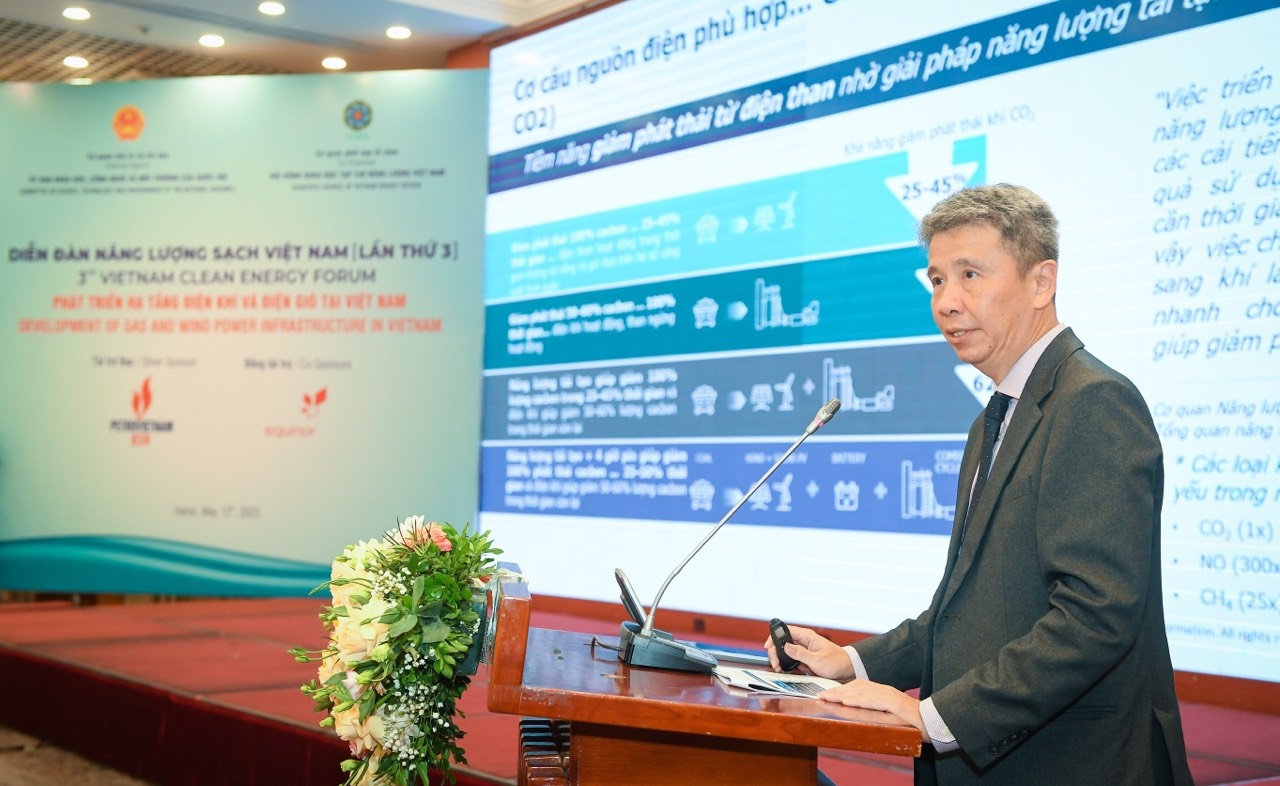

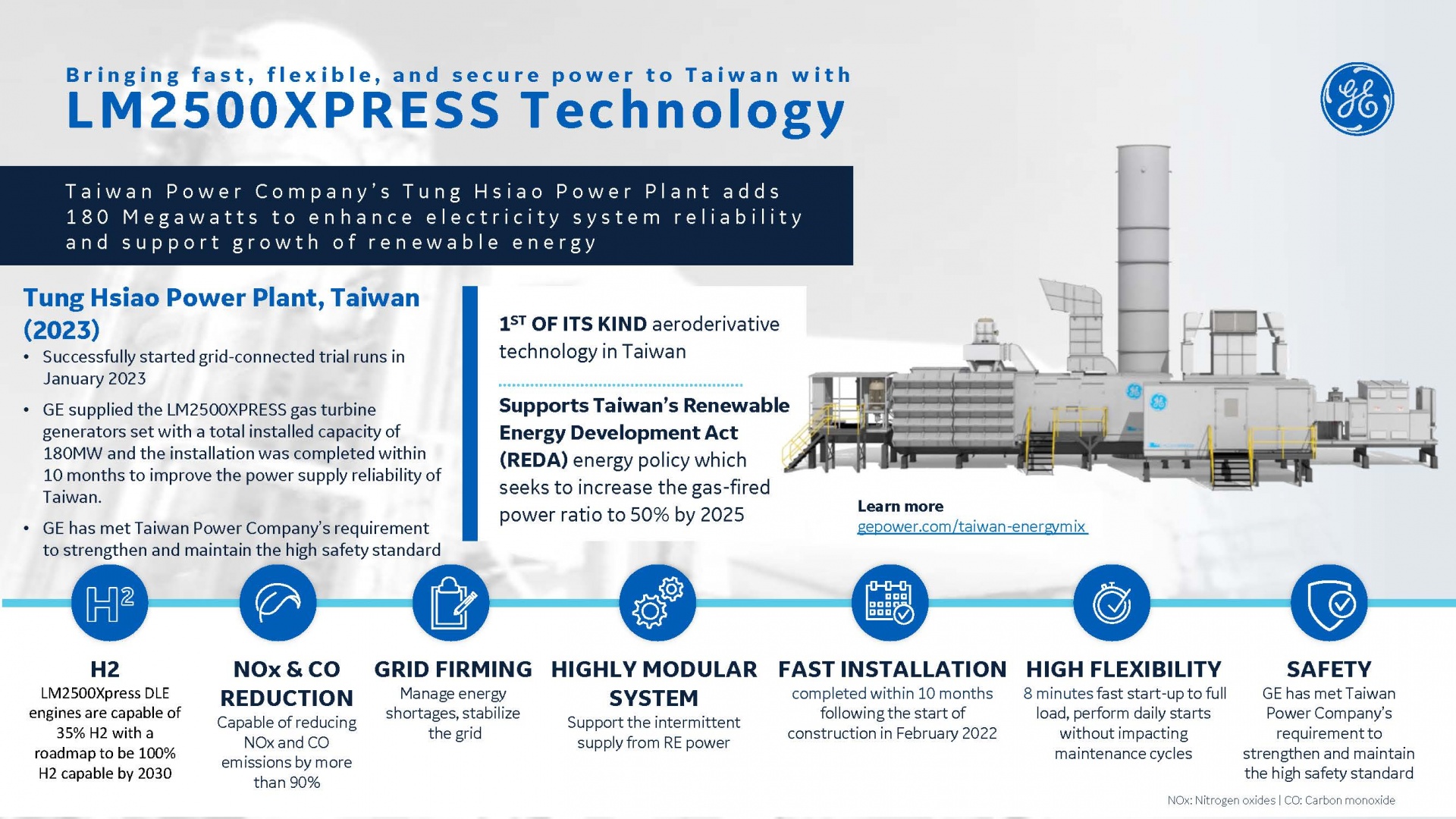


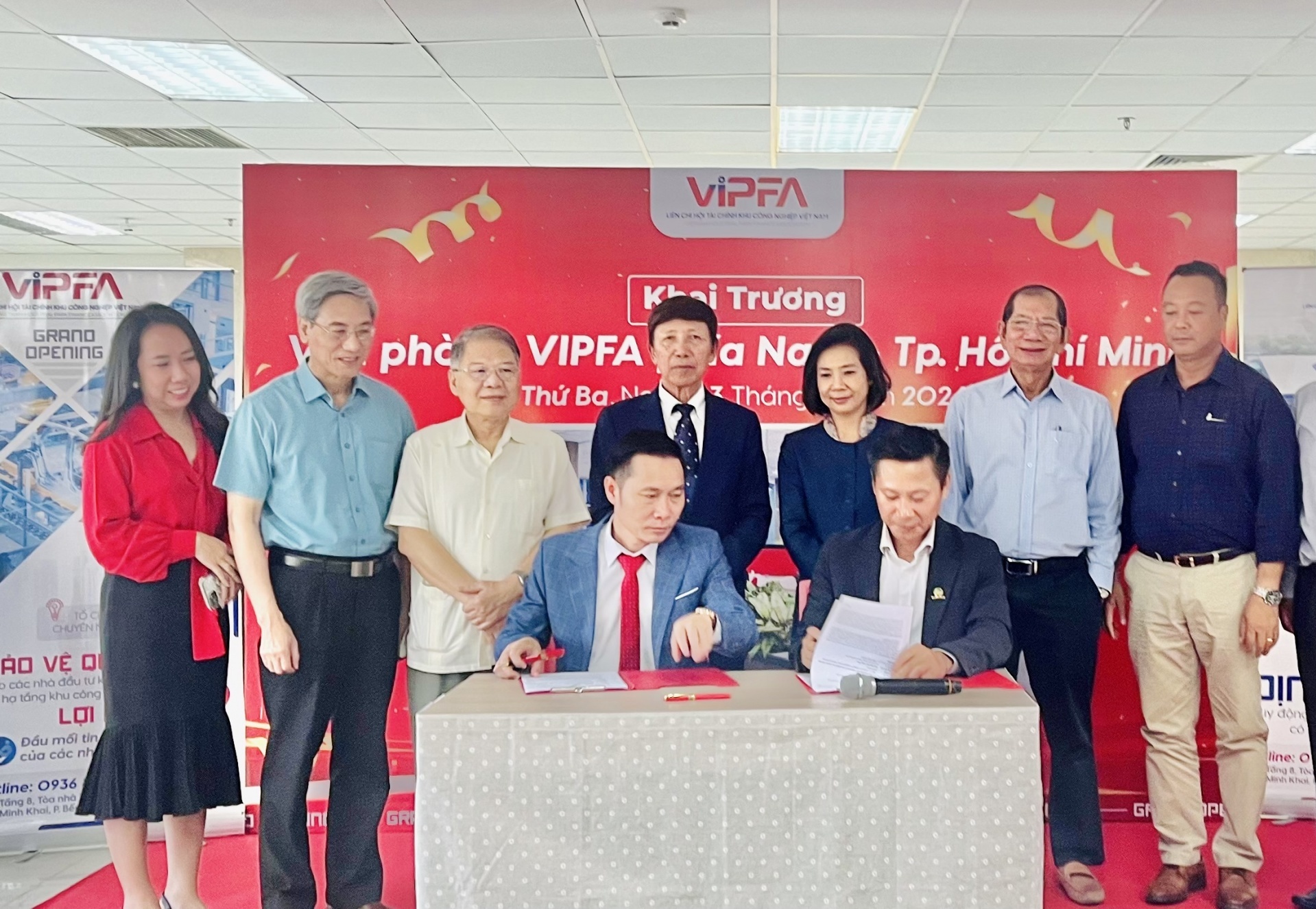
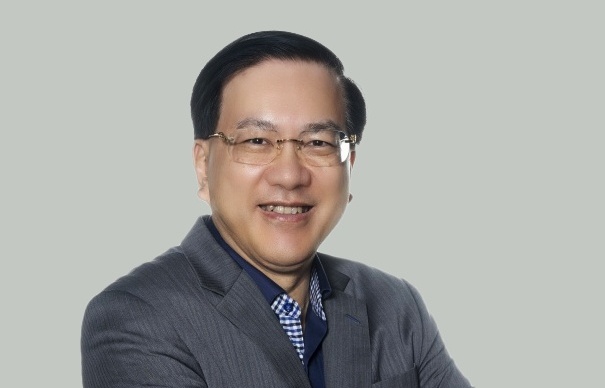
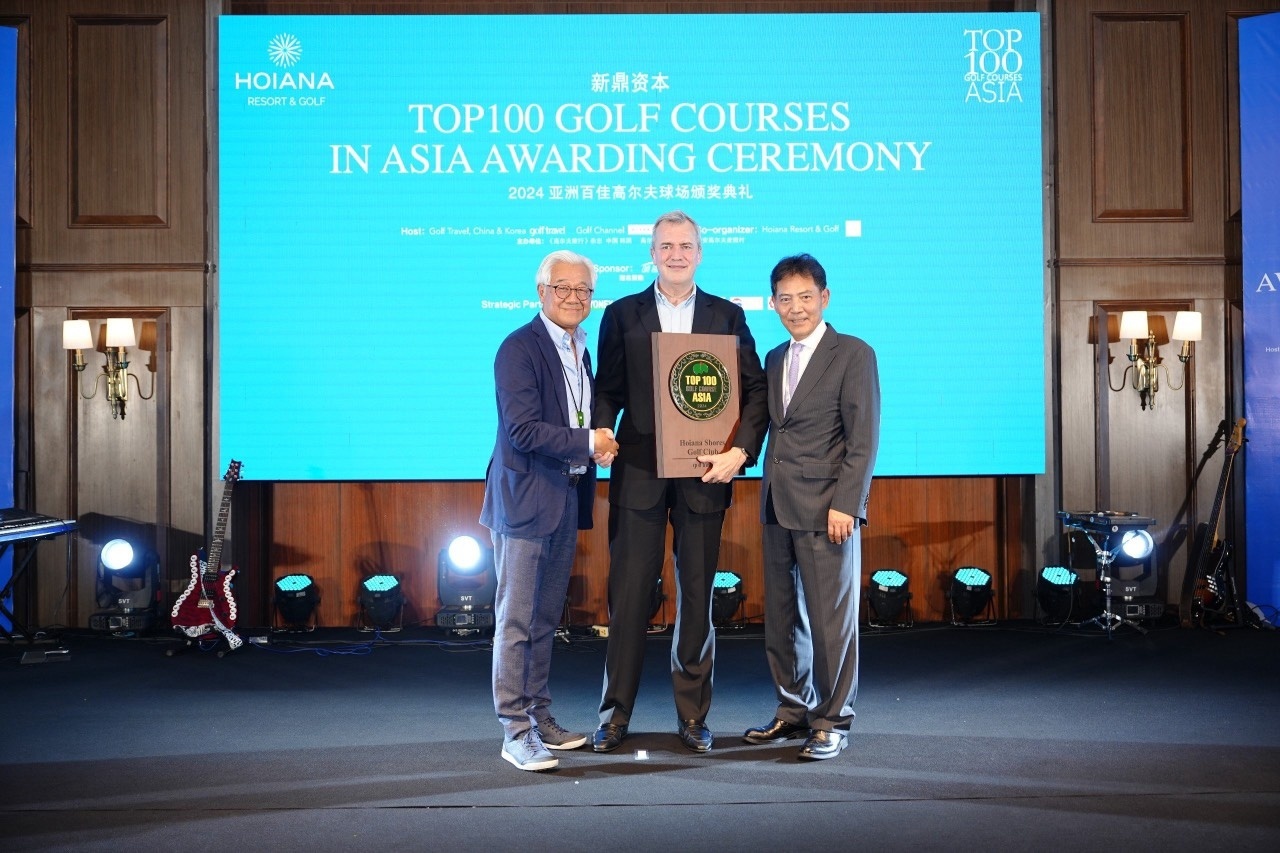
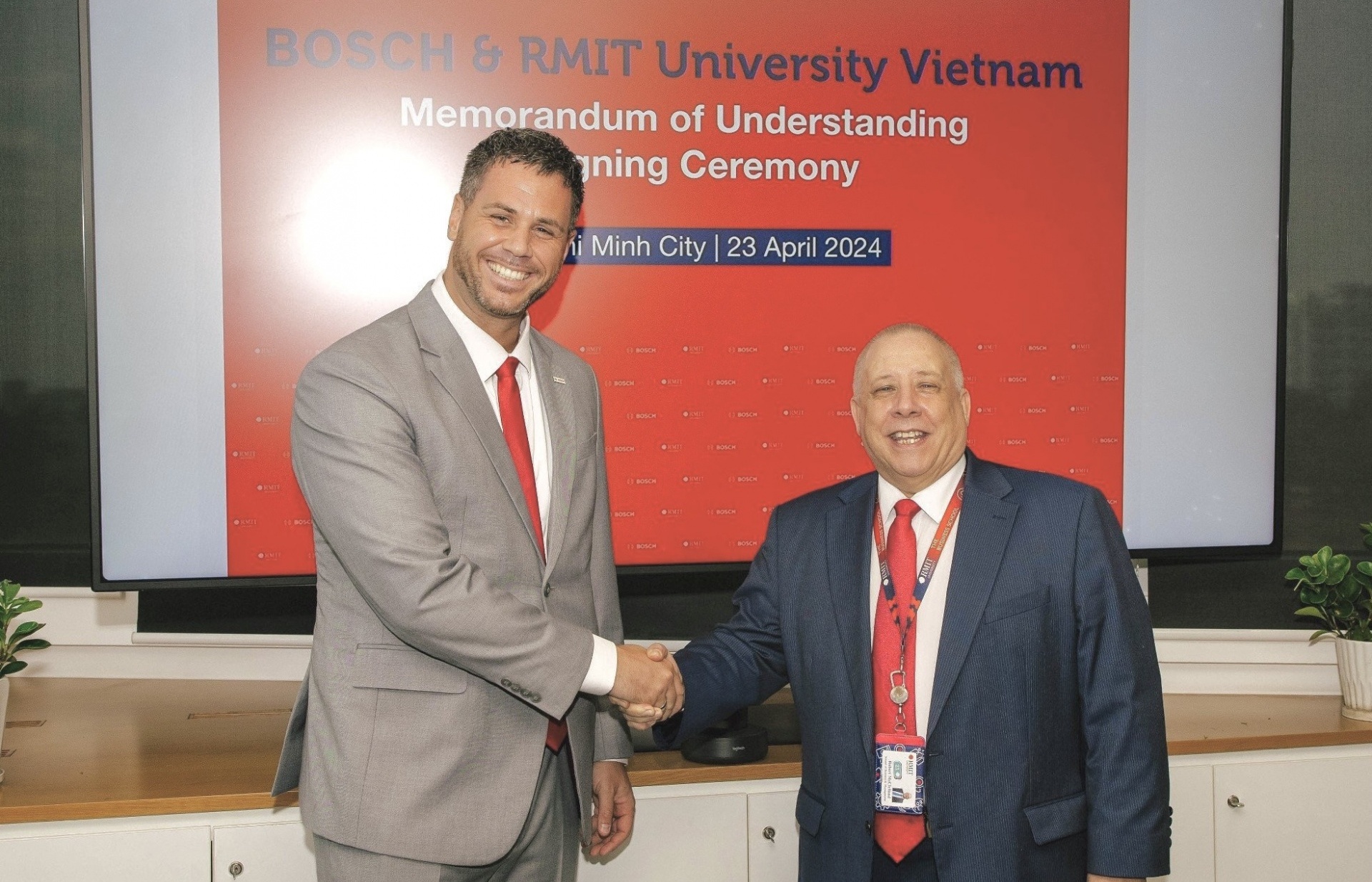



 Mobile Version
Mobile Version